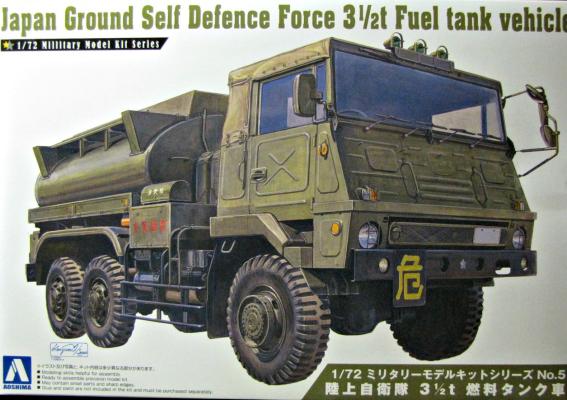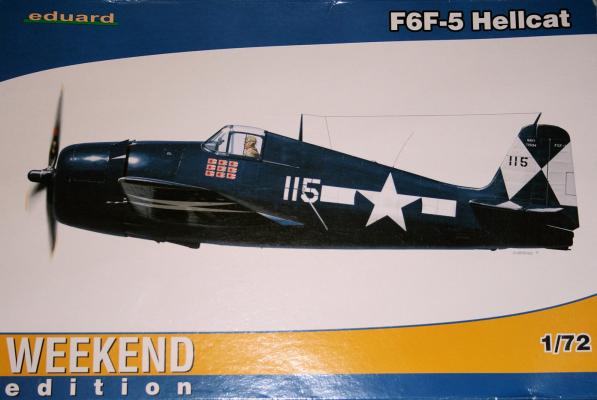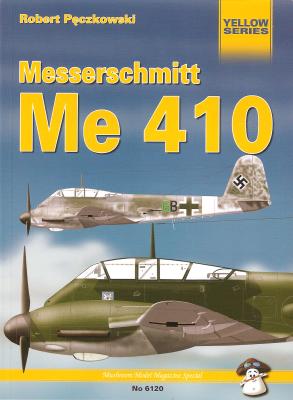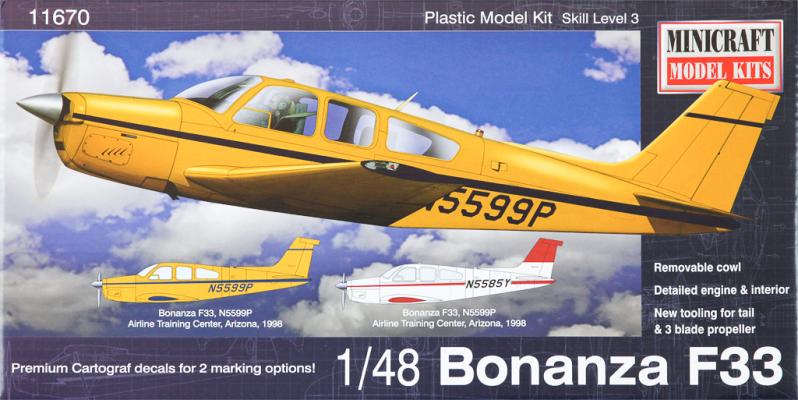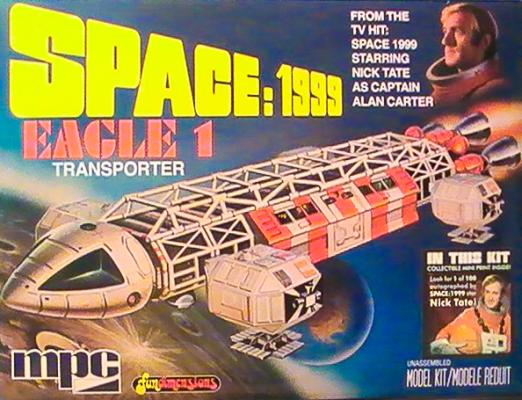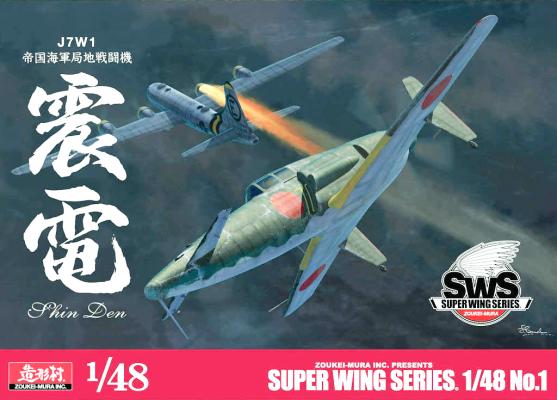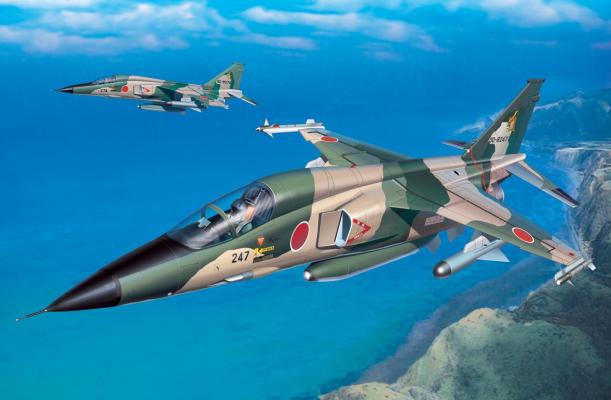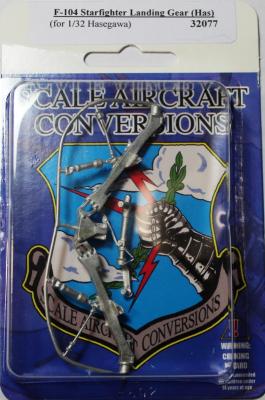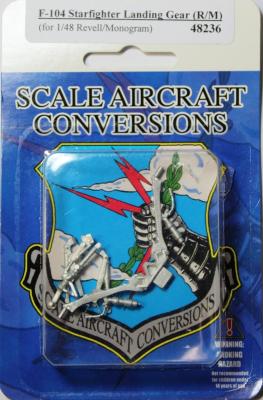Aoshima has released a number of vehicles of Japanese Ground Self Defense Force (JGSDF), including this little gem. I don’t know anything about the ground equipment of the JGSDF, but this is what’s included as a description, “JGSDF 31/2 ton Fuel truck is mainly assigned to Logistic Support Regiment, utilized for fuel supply to tanks, armored vehicles, and other various vehicles in the field. It has “Ki” (danger) marking just like civilian vehicles.” This is one of a series of service vehicles in the JGSF that Aoshima offers in 1/72 scale.
Reviews
Following on from their superb yet diminutive FT-17 WW1 French tank, Meng Models of China provides the modeling public with a colossus of a tank model, the French Char 2C. Like the FT-17, the Char 2C was born during the years of battle in World War One, but came too late in the piece to see combat. Before the prototype was even completed, an order was placed for 300 of these gargantuan beasts, but due to the war coming to an end, this order was subsequently cancelled, and only 10 Char 2C’s were eventually delivered in 1921, becoming the largest tank ever to enter service in any of the world’s armies. The 10 vehicles went on to become mainly propaganda vehicles, “staring” in various cinematic productions to show the strength of the French military machine. Each of the ten tanks was named after the ancient regions of France: Poitou, Provence, Picardie, Alsace, Bretagne, Touraine, Anjou, Normandie, Berry and Champagne. Normandie was renamed Lorraine in 1939.
Everybody probably knows that Eduard has a series of Hellcats available in 1/72. Everyone probably also knows that one of their competitors has released a similar series. The question arises as to which kit is better. In my opinion, the answer is a qualified neither. Both kits have strengths and weaknesses. I’ll be discussing those of the Eduard kit.
Please note first that this build incldues the following aftermarket:
With the recent releases (and re-releases) of a few Me 410 kits, MMP’s book on the aircraft is quite timely.
The first 10 (out of 120) pages of this book describe the rather convoluted developmental history of the Messerschmitt Me 410, actually starting with the Me 210. The blurred lines between what constitutes a late Me 210 and an early Me 410 are well described. In fact, as the lineage is so confusing, MMP provides a good flowchart to clear it all up. At the end of this section are a brief few paragraphs describing the remaining two surviving examples of the aircraft (photos of these appear later).
The Beechcraft Bonanza V-tail is one of the sleekest general aviation designs out there, and it’s still flying today. I wish I would have had the chance to log some hours in one before I gave up flying. The Bonanza was introduced in 1947 and is still produced today, although the V-tail design was retired in 1982.
Introduction
By 1999, a human colony had been built on the Moon (you remember, right?). Moonbase Alpha safeguarded all the nuclear waste shipped from Earth, and carried out research. Then, on September 13, 1999, disaster struck when the nuclear waste exploded in a chain reaction, and the Moon was blasted out of Earth's orbit, into deep space. Thus began the adventures of Space:1999. Space:1999 was a British produced science fiction television series that aired from late 1975 to early 1977, and for us science fiction fans, there was nothing else like it on TV at the time. The workhorse of Moonbase Alpha was the Eagle spacecraft. Eagle spacecraft were cleverly designed, modular utility ships (like the Huey helicopters of the day), and were used for work tasks and in various configurations to transport personnel and cargo around the Moon and the planets the Moonbase Alpha crew came across in their travels.
When we left off at the end of part 1, the gun bays, cockpits and main airframe were done, and we needed to cover the engines and prepare the airframe for painting. Moving on to this round of the build, the sides and tops covering the engines are added. This is easier on the 1/48 kit as there are fewer parts, only 7 versus the 11 found on the 1/32 scale kit. In either case, hiding the engine below the covers is difficult, if only because it is so well done. The back is added along with the air scoops, top cover and a little putty, at which point we are done with the aft of the plane.
Retired from active service in 2006, The F-1 was the JASDF’s first Japanese-designed and -manufactured supersonic fighter, and was essentially the same airframe as the two-seat Mitsubishi T-2 trainer, but had a solid “hood” in place of the second canopy, along with assorted weapons capabilities and internal differences. The similarity in appearance to the SEPECAT Jaguar has some merit, though Mitsubishi’s official position states that the only items it has in common with the Jag are its engines.
Platz continues its line of JASDF and JMSDF subjects with this new release. I’ve never built a Platz kit which hasn’t been excellent with beautiful engraved detail and great fit, and this one’s recessed panel lines and thorough detailing throughout was no exception.
Scale Aircraft Conversions continues to release high quality aftermarket gear sets and this one is no exception. This is a 3 piece white metal kit that utilizes a few of the actual kit parts. Once removed from the blister pack one cannot help notice how “weighty” The SAC gear is. Additionally, one sees the added detail with the better relief and how it will be much more realistic upon painting.
The kit provided gear is actually not too bad. Biggest problem I see is that the main gear is molded in 2 parts and requires a supplied pre-formed wire insert to ensure it can hold the load of the kit. It construction suggestes the kit supplied gear is going to require considerable work to hide seams after being assembled. You will NOT have that problem with the high quality SAC white metal kit. With little trimming and polishing work it is ready to install.
Having a few of these kits on the shelf and recently reviewing the kits most recent release I thought I could provide a good perspective on this offering from SAC.
Scale Aircraft Conversions continues to release high quality aftermarket gear sets and this one is no exception. The 4 piece white metal kit is supplied in the standard blister pack and one can immediately see it is far superior to the kit supplied gear in detail. Upon removal, the gear is has some weight to it so it will be sturdy.
The kit supplied gear was adequate, but required considerable work as the halves are not properly aligned to one another. Additionally there are a number of sink holes and ejector pin marks that are quite time consuming to fix. The SAC gear kit is soooooooooo much better in quality and will require much less effort to present an accurate presentation.

